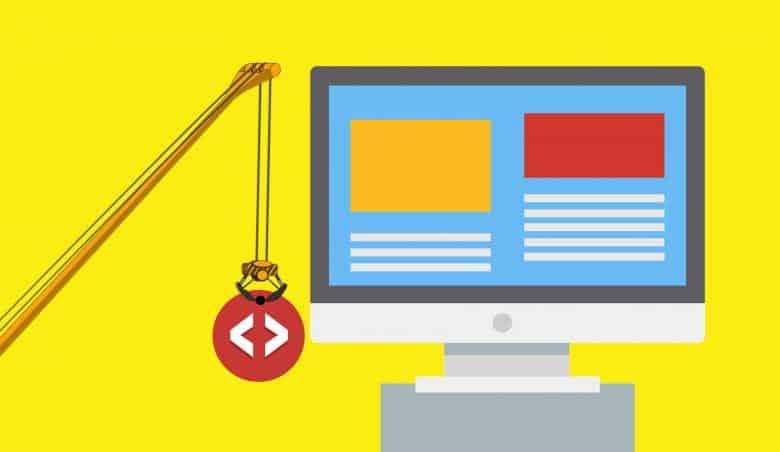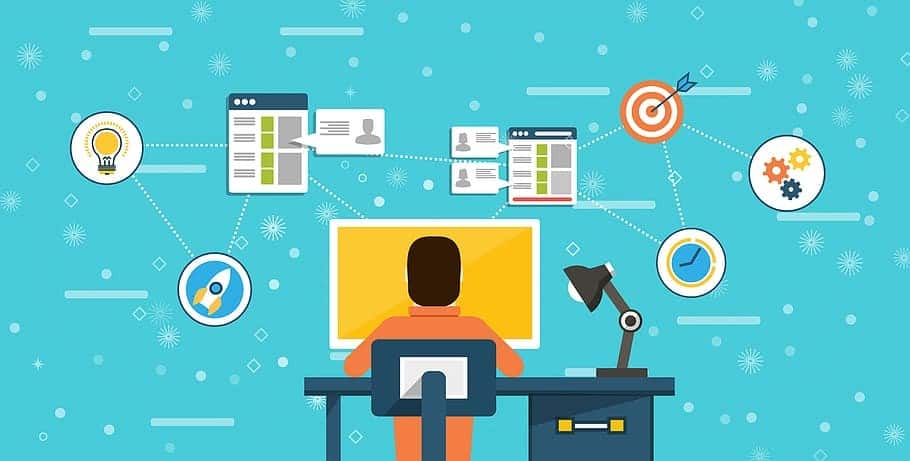Google is always updating their algorithm which makes many web masters nervous. The good news is that there is nothing to be nervous about and that the update is finally here.
If you still haven’t optimized your page to improve page experience metrics, you might notice that they are enjoying a boost in their ranking that you’re missing out on.
For this article we will tackle what you can do to help you prepare for Google’s Page Experience update so you can prioritize key areas right away.
Work On Loading Speed
Google’s CWVs (content web vitals) is largest contentful paint (LCP) refers to the largest and most important piece of content on a webpage. The metric determines how quickly your page renders its most important content, so users can see it.
Fortunately, there are easy ways to optimize your website for LCP. For example, you can optimize your server since slow servers can be responsible for sluggish websites. Other web page elements that can slow down loading speed include images, videos, and block-level elements with text features.
To fix these issues you need to compress images and text files, cache certain assets and pre-load some elements.
Work On Interactivity
The time it takes for users to be able to interact with an element they’ve clicked, such as a link or button is called first input delay (FID), the second CWV.
Your FID should be shorter than 100 milliseconds according to Google. We have all been to websites that seem to take forever to load after you’ve clicked a button to go to a new page or edit a shopping cart. This is not good for users. So why does this happen?
This is usually because the browser is busy doing other tasks like analyzing a hefty JavaScript file. Just like meeting somebody new, first experiences matter which is why interactions on a web page is important.
If users know that your webpage is slow to load from the start, then there is a big chance that they will abandon it and never come back.
A strong first impression such as a fast loading website goes a long way in terms of user interaction and increasing engagements. This is why FID is an important metric.
To fix this you can use tools like PageSpeed Insights to see how you’re doing and what you can improve.
Work On Layout Shift

Cumulative layout shift (CLS) is the third CWV. This is a measure of how your page content moves as the page loads.
Most of us have experience with this problem. We’ve all been to pages where it’s loading but you find something interesting. You click it but find that it has been pushed down as another element has loaded in its place.
As a result, you have clicked on something that you don’t want like an order or a subscribe button. This makes for bad user experience and this is why CLS is important enough to be considered as an important factor of page experience.
You need a CLS score of 0.1 to “pass” Google’s test. A higher score means that your web pages are likely to shift a bit. A score of 0.25 is considered by Google as poor.
Problems in CLS are usually found on mobile. This is because Google prioritizes mobile devices but also because mobile devices have smaller screens and weaker processors.
Fixing it depends on the cause of the problem. If it is a browser problem (i.e. doesn’t know how to space images and videos without dimensions) then you can lock this down by adding specific dimensions to your images and videos.
If the problem is flashes of unstyled text, you will need to preload your fonts. This will tell the browser to load text as a primary element. This will prevent font changes that cause cumulative layout shifts.
Other Page Experience Elements
Aside from Core Web Vitals, other elements to think of are:
Mobile usability – Google will now judge every site by their mobile-friendliness. This is especially true when it comes to small text sizes and the use of Flash media which mobile devices don’t usually support.
Page Experience – is a breakdown of how your site is performing for the page experience update
Site security – don’t just ensure that your visitors have a good website experience. Never neglect site security. Users and Google need to know their data is secure with you on your site.
Wrap-Up
Google’s page experience update is here so you better get moving. There’s a lot to think about when it comes to page experience but at the end of the day it’s all about giving visitors a good experience when they visit your website.
If you still haven’t checked out your CWV, you will want to do so as soon as possible. But don’t panic because you won’t be algorithmically penalized if not all your CWVs are in line.

